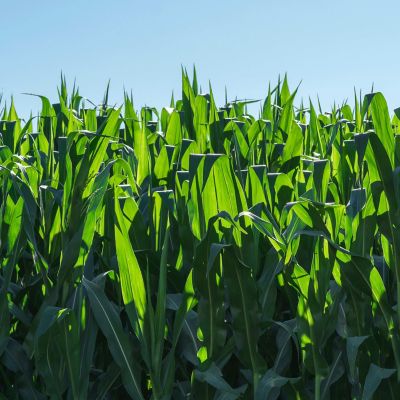Gray Leaf Spot of Corn

Crop Focus
From Pioneer Agronomy Sciences
Key Points
- Gray leaf spot (GLS) is a common fungal disease in the United States caused by the pathogen Cercospora zeae-maydis in corn.
- Cropping systems with reduced- or no-till and/or continuous corn are at higher risk for gray leaf spot outbreaks.
- Conducive weather conditions encourage the rapid spread of disease near the end of summer and early fall, when corn plants allocate more resources to grainfill.
- During the growing season, foliar fungicides can be used to manage gray leaf spot outbreaks.
Protect Your Field and Your Yield
Prevent against and defeat even the most resistant diseases with fungicide solutions from Corteva Agriscience.

Stop the Clock on Crop Disease
Disease moves fast to destroy crop yields. You need a fungicide that works just as fast.
Discover Aproach® Prima fungicide
Better Protection for Improved Yield
From enhanced in-season protection to improved harvestable yield, Aproach® fungicide delivers tangible results.
See the Benefits
Aproach® Prima is not registered for sale or use in all states. Contact your state pesticide regulatory agency to determine if a product is registered for sale or use in your state. Always read and follow label directions.
The foregoing is provided for informational use only. Please contact your Pioneer sales professional for information and suggestions specific to your operation. Product performance is variable and depends on many factors such as moisture and heat stress, soil type, management practices and environmental stress as well as disease and pest pressures. Individual results may vary.










